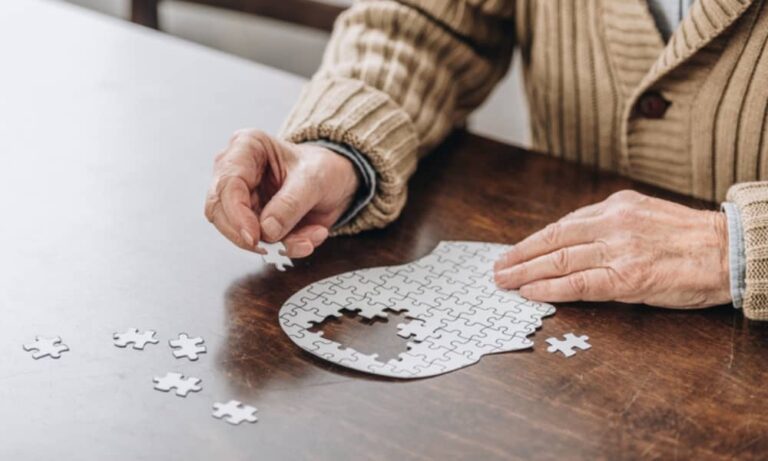What are the main benefits of a nap?
When done right, naps can leave you feeling rested and rejuvenated, a welcome energy boost that no doubt many of us need as we ease back into the work routine post-holiday.
For some, napping is already a regular part of managing energy levels, and for others it’s a one-off booster when the usual 7 to 8 hours was missed the night before.
Either way, naps have the power to improve mood, increase alertness and improve our physical and cognitive performance. Albert Einstein, Salvador Dali and Leonardo Da Vinci swore by a daily doze, and no one could accuse them of underperforming!
Should everyone nap, or is it dependent on age or your average sleep bank?
Napping can be quite personal and even cultural. People in Latin America and the Mediterranean regularly take daytime rest – siestas – but nap culture is also common throughout the Middle East, China, India, Japan and Bangladesh. So the benefits of a short burst of shut-eye is globally recognised – but ultimately, it’s what works best for the individual.
There are two main caveats to this; children, and anyone experiencing significant or ongoing sleep deprivation. Between 3 and 5, children need to nap during the day to support growth and development. After this our sleep steadily stabilises and sets at around the age of 20; from here, you might find napping beneficial if you regularly get less than 7 to 8 hours of sleep each night.
However, napping isn’t a long term solution if your sleep health is generally poor. No amount of daytime naps can make up for significant, ongoing nighttime sleep loss. If sleep deprivation is something you live with there are options for help.
If you think you suffer from insomnia or serious sleep issues then it’s always worth speaking to your GP. There are also some useful free resources, like A.H. Beard’s Sleep Wellness Centre and program; you can even book in a consultation for personalised advice.

How long is the ideal nap and why?
There are two nap lengths that have been recognised as most beneficial, the 90 minute full sleep cycle, and the 20 minute power nap. Both are beneficial but for different reasons; a full cycle nap is great if you’re catching up on lost sleep or preparing for a big task or impending project, as the longer duration improves creativity, emotion and procedural memory.
A power nap – a term coined in the 90s – is a great option if you need a quick boost in your day, for example post-lunch.
Aim to be strategic with your naps, and consider when, where and how you doze. Generally speaking, mid-afternoon (between 2 and 3pm) is an ideal time because, thanks to popular carb heavy lunches alongside our natural circadian rhythm, our blood sugar levels and body temperature experience a drop that supports good sleep.
Setting a timer is super important. The goal is to fall asleep as soon as possible and get straight back to business once your alarm goes off; try splashing some water on your face or taking a brisk walk to help snapback.
When to nap and when to not nap?
Not all napping is good napping. Steer clear of napping too long, as straying from the 20 and 90 minute nap blocks can mean waking mid-sleep cycle which confuses the body. A Harvard study showed 30 minute naps left people feeling groggy, disoriented and struggling to concentrate – not the aim of the game.
Lastly, avoid napping too late in the day, which will make getting to sleep at night harder. So if you feel yourself nodding off on the sofa in the evening, hold out until your usual bedtime to help support your overall sleep health.







